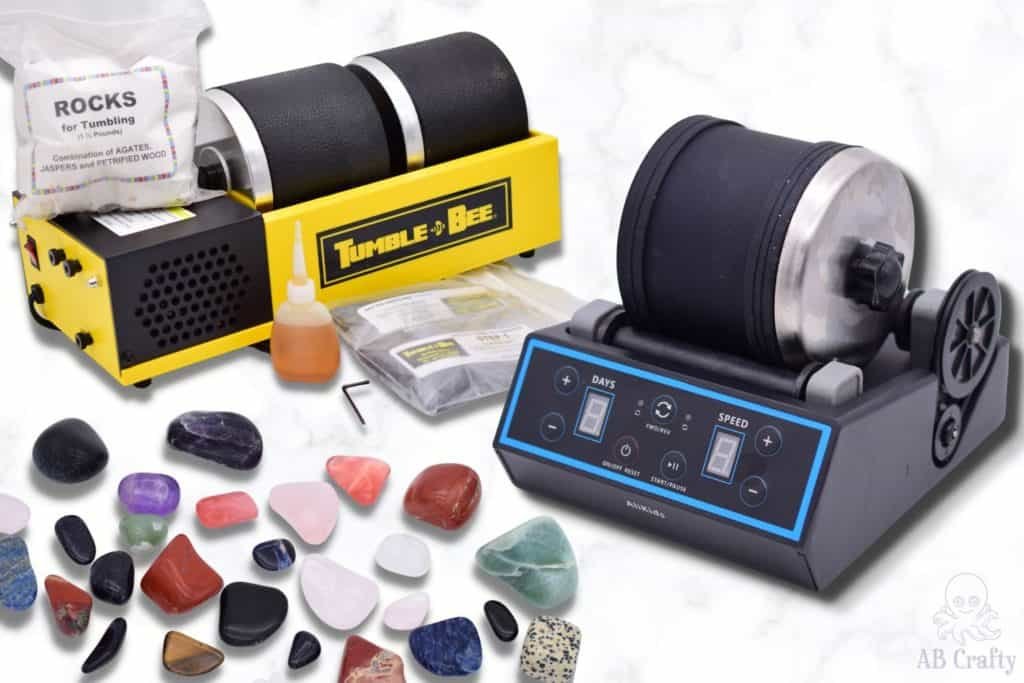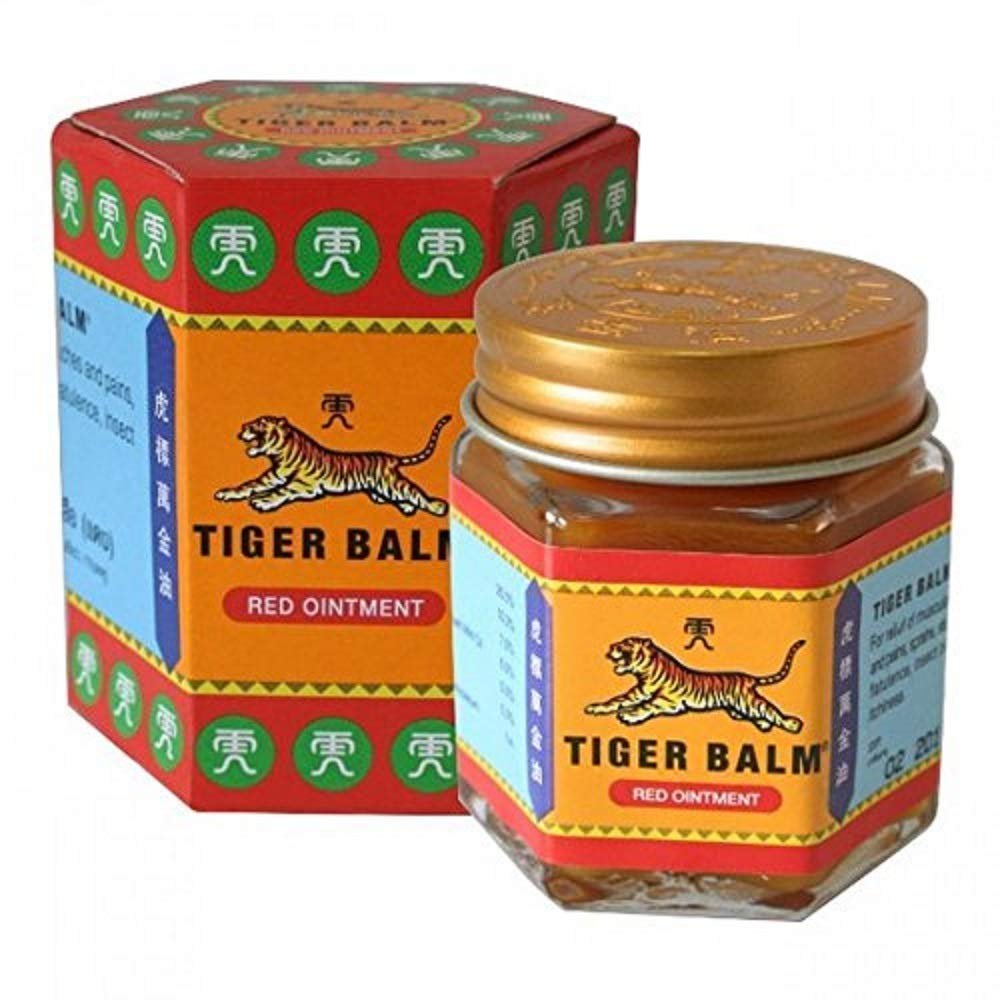A rock tumbler is a simple machine that turns rough stones into smooth and shiny gems. It works by slowly rotating the stones with grit and water, just like nature does in rivers over many years. But with a rock tumbler, you can get beautiful polished rocks in just a few weeks!
People use rock tumblers for many reasons. Some enjoy collecting and polishing stones as a fun hobby. Others use the shiny rocks to make jewelry or decorations. Kids and adults love watching the process, as it feels like a little treasure hunt at home. If you want to learn how to use a rock tumbler, what types of rocks work best, and how to pick the right tumbler, keep reading!
What Is a Rock Tumbler and How Does It Work?
A rock tumbler is a machine that polishes rough stones, making them smooth and shiny. It works by rolling the rocks with grit and water in a rotating drum. This process takes several weeks and mimics how nature smooths stones over time.
People use these machines for fun, learning, and even jewelry making. The tumbling process happens in stages, starting with coarse grit to remove rough edges. Then, finer grit and polishing compounds bring out the shine.
Using a rock tumbler is easy. Just add rocks, grit, and water, then let the machine do the work. Checking on progress regularly helps ensure the best results. With patience, you can turn dull rocks into beautiful gems.
Why Do People Use Rock Tumblers? Fun and Creative Uses
Many people enjoy using rock tumblers for different reasons. Hobbyists love collecting and polishing stones, while others create unique jewelry pieces. Tumbling rocks is also a great educational activity for kids.
Some use polished stones for home decor, adding them to vases or aquariums. Others sell their finished rocks at craft fairs or online. The possibilities are endless, making this hobby both fun and rewarding.
Tumbling stones can be a relaxing experience. Watching rough rocks transform into smooth, colorful gems is satisfying. Whether for personal use or business, a rock tumbler can be a great investment.
Different Types of Rock Tumblers: Which One Is Right for You?
There are two main types of rock tumblers: rotary and vibratory. Each has its own benefits, depending on your needs.
Rotary tumblers are the most common. They work by rolling stones in a barrel, taking several weeks to complete the process. These are best for beginners and create rounded, smooth stones.
Vibratory tumblers use a shaking motion to polish rocks faster. They are great for keeping stones in their original shape and work well for fine polishing. While faster, they require more attention during the process.
Choosing the right tumbler depends on your goals. If you want smooth, round stones, go with a rotary tumbler. For faster polishing with less shaping, a vibratory tumbler is a good choice.
Best Rocks for Tumbling: What Stones Give the Best Shine?
Not all rocks are good for tumbling. Some polish well, while others break apart. Choosing the right stones is important for great results.
Hard stones like quartz, agate, and jasper work best. These rocks hold up well in a rock tumbler and develop a brilliant shine. Softer stones, like calcite, may not polish as well and can scratch easily.
Finding good tumbling rocks is easy. You can collect them from rivers and beaches or buy them from rock shops. Checking the hardness of stones ensures they will tumble well and create stunning results.
Step-by-Step Guide: How to Use a Rock Tumbler for Perfect Results
Using a rock tumbler is simple, but following the right steps makes a big difference. Here’s how to get the best results.
- Choose the right rocks – Pick hard, smooth stones that are similar in size.
- Add coarse grit and water – Start with rough grit to smooth the rocks.
- Tumble for a week – Let the machine run continuously.
- Use finer grit – Change the grit in steps to get a smooth finish.
- Polish the rocks – The final step brings out the shine.
- Clean the tumbler – Wash the barrel after each stage to avoid contamination.
Patience is key. Each step takes time, but the results are worth it. Checking progress and cleaning stones between stages helps achieve a perfect polish.
Choosing the Right Grit for Your Rock Tumbler: A Complete Guide
The grit used in a rock tumbler determines how smooth the stones become. There are different types of grit, each with a specific purpose.
- Coarse grit (60-90 grit) – Removes rough edges and shapes the stones.
- Medium grit (150-220 grit) – Smooths the surface and prepares for fine sanding.
- Fine grit (500 grit and higher) – Prepares stones for polishing.
- Polishing compound – Gives the final shine and clarity.
Using the right grit at each stage ensures the best results. Skipping a step can lead to dull or unevenly polished stones. Always clean the tumbler between stages to prevent contamination.
How Long Does It Take to Tumble Rocks? Understanding the Process
Tumbling rocks takes time, but the results are worth the wait. The entire process usually lasts between three to six weeks, depending on the type of stones and tumbler used.
- Coarse grit stage: 7-10 days
- Medium grit stage: 7 days
- Fine grit stage: 7 days
- Polishing stage: 7-10 days
Checking progress helps ensure the best shine. Some rocks may need extra time in a stage to reach their full potential.
Common Mistakes to Avoid When Using a Rock Tumbler
Many beginners make mistakes that affect their results. Avoiding these errors can help you get the best shine on your stones.
- Overloading the tumbler – Too many rocks can prevent proper tumbling.
- Using mixed hardness stones – Some may polish faster than others.
- Skipping cleaning steps – Grit from previous stages can scratch rocks.
- Not running the tumbler long enough – Rushing leads to dull results.
Following the right steps and avoiding these mistakes ensures beautiful polished stones every time.
Cleaning and Maintaining Your Rock Tumbler for Long-Lasting Use
Keeping your rock tumbler clean helps it last longer and perform better. Regular maintenance is simple and prevents issues.
How to Clean Your Rock Tumbler:
- Empty and rinse the barrel after each stage.
- Use warm water and mild soap to remove grit and residue.
- Dry the barrel completely before starting a new batch.
- Check for wear and tear on belts and parts.
A well-maintained tumbler runs smoothly and provides great results. Taking care of your machine ensures years of rock polishing fun.
Fun Rock Tumbler Project Ideas for Kids and Adults
Tumbling rocks is more than just polishing stones. There are many fun projects you can try with your polished gems.
- Make jewelry – Turn polished stones into necklaces or earrings.
- Create decorations – Use shiny rocks for home or garden decor.
- Gift unique stones – Give friends and family beautiful tumbled gems.
- Teach kids about geology – A great way to learn about rocks and minerals.
Trying new projects keeps the hobby exciting. With creativity, a rock tumbler can be used for many amazing crafts.
Where to Buy the Best Rock Tumblers and Accessories
Finding a quality rock tumbler is important for great results. There are many places to buy them, both online and in stores.
Popular options include:
- Online marketplaces – Amazon, eBay, and rock tumbler specialty stores.
- Hobby shops – Many carry tumblers and rock polishing supplies.
- Geology stores – Great for finding high-quality tumbling rocks and grit.
Conclusion
A rock tumbler is a fun and easy way to turn rough stones into smooth and shiny gems. It is great for kids, hobbyists, and anyone who loves collecting beautiful rocks. With patience and the right materials, you can create amazing polished stones at home.
If you take care of your rock tumbler and use it properly, it will last a long time. Always follow the right steps, use good tumbling grit, and clean your machine after each use. Rock tumbling is a wonderful hobby that teaches patience and creativity while making stunning gemstones!









